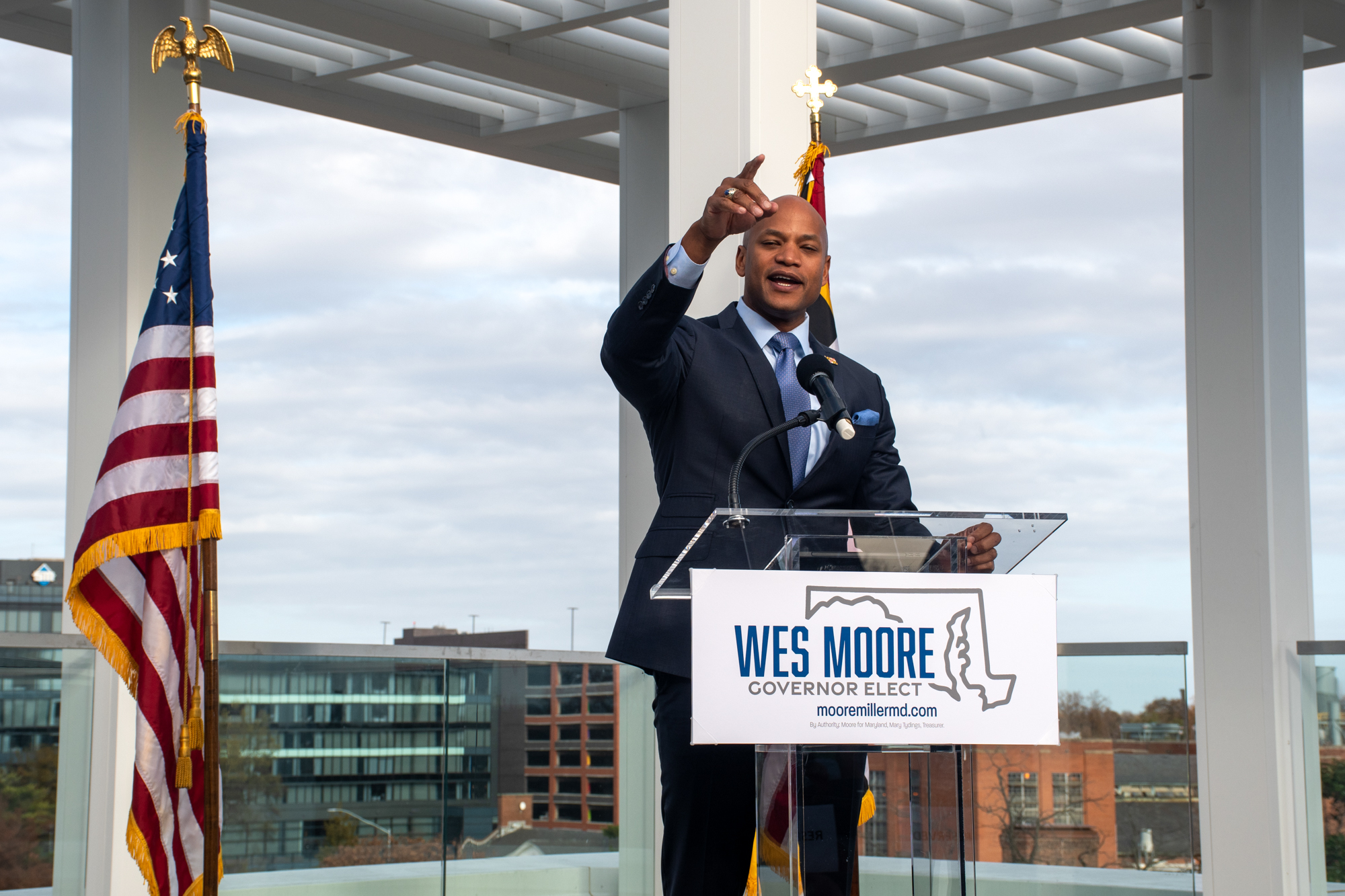Maryland Gov. Wes Moore unveiled his $63.1 billion budget plan for fiscal year 2024 on Jan. 20, which includes increased education funding, money for transportation projects and measures to reduce child poverty.
A focus of Moore’s budget, which does not include a tax increase, is to make Maryland’s economy more competitive. This is the fastest way to lift up all Marylanders, he said in his letter to the state’s legislative leadership last month.
Public colleges and universities will also see an increase in funding with Moore’s budget. State support for the University System of Maryland would grow by about $240 million.
Moore also emphasized public education in his budget plan, which allocates $8.8 billion for education funding — an increase of 10 percent from fiscal year 2023 funds.
He also put forward $500 million to continue funding the Blueprint for Maryland’s Future, an education reform plan, and more than$1 billion for school construction.
Cheryl Bost, an elementary school teacher and the Maryland State Education Association president — the state’s largest teacher’s union — said this money is a needed investment in public schools.
[Maryland lawmakers expand USM unionization push to include faculty members]
During the eight years former Gov. Larry Hogan was in office, Bost said he refused to meet with MSEA, but now Moore is interactive with the union’s members.
“We’re excited to be working with Gov. Wes Moore throughout his campaign trail and now as governor,” she said. “He listened to educators when they told their stories and the challenges that they’re facing, and we can see that come out in the budget.”
One of Moore’s education initiatives, the Maryland Educator Shortage Act, budgets $15 million to fund teacher recruitment and retention programs. This is necessary because the state is facing historic shortages in education employment, Bost said.
Prince George’s County Board of Education at-large member Curtis Valentine also said Maryland needs to focus on recruiting as well as retaining high quality and diverse teachers.
Other issues that are top of mind for Valentine, who is an adjunct professor at the University of Maryland’s public policy school, include college and career readiness and early childhood education — also evident in Moore’s budget.
“[The Prince George’s County Board of Education] will be advocating to representatives and to the governor to ensure that what we believe is the priority for Prince George’s County is also the priority for the state of Maryland,” Valentine said.
[Maryland General Assembly to focus on cannabis, gun control legislation]
Moore’s budget also makes more families eligible for a child tax credit and accelerates the increase of Maryland’s minimum wage, both of which are efforts to decrease child poverty in the state.
His plan dedicates $500 million to transportation projects, but does not specify what these projects are. The budget also includes money for environmental stewardship, behavioral health initiatives and more.
Some Republican legislators expressed concerns about the funding increases in Moore’s budget.
“It is not enough to tout the lack of tax increases in a budget year if the level of spending will require tax hikes down the road. It is important to be principled and disciplined now, so we don’t burden our taxpayers later,” House Minority Leader Jason Buckel said in a statement.
Over the following months, the Maryland General Assembly will edit the budget plan before passing a final budget by the end of its legislative session in April.



